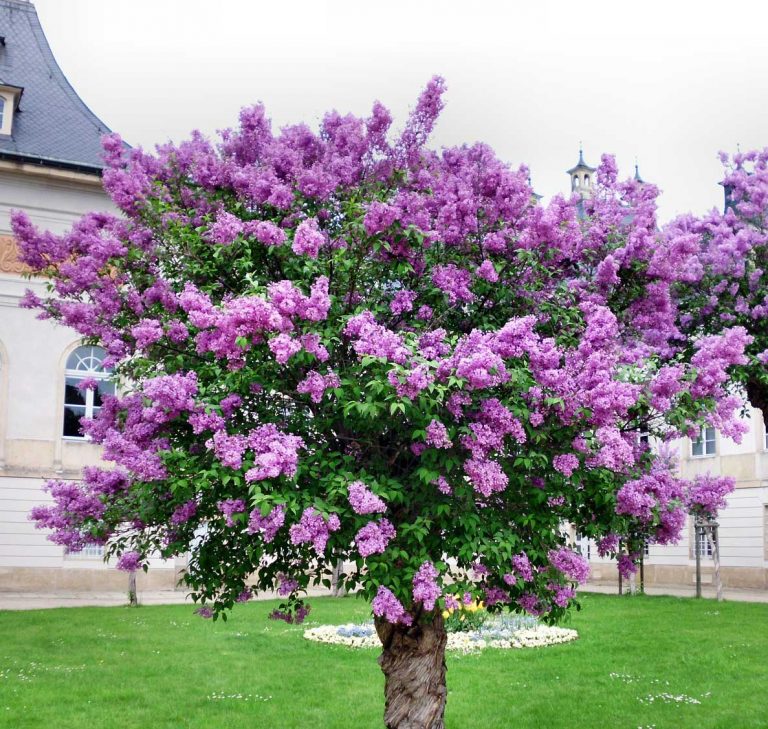Stapelia Gigantea
Scientific Classification
| Kingdom: | Plantae |
| (Unranked): | Angiosperms |
| (Unranked): | Eudicots |
| (Unranked): | Asterids |
| Order: | Gentianales |
| Family: | Apocynaceae |
| Subfamily: | Asclepiadoideae |
| Tribe: | Stapeliae |
| Genus: | Stapelia |
| Species: | S. Gigantea |
| Binomial Name: | Stapelia gigantea |
Stapelia Gigantea is a variety of plant belonging to the group of Apochynaceae that bears, flowers. These plants smell like rotting flesh so that they attract flies for pollinating. In general these plants are termed as a Toad or Carrion Plant (even though the term “carrion plant” has reference to Stapelia Grandiflora). Stapelia Marlothii or Stapelia Nobilis are the other names for Stapelia Gigantea.
History
Stapelia belongs to a genus of plants that are stem succulent, with no spikes, and grow low, mainly hailing from South Africa, but some are found in the remaining regions of Africa. Many of the varieties that are found in Latin America and Asia were earlier incorporated among these species, but however, at present they have been shifted to different genera. When the flowers of some varieties, especially Stapelia Gigantea are in full bloom, they attain a diameter of 41 cm (16 in). The majorities of flowers of the Stapelia are apparently hairy and produce a smell of rotting flesh; the Stapelia Flavopurpurea is an outstanding exclusion, it has a sweet fragrance. This type of smell attracts a variety of expert pollinating agents like the blow flies belonging to the Dipteran group and the Calliphoridae pollinate the carrion scented flowers. The blow flies lays eggs very often in the region of the coronae of the flowers of Stapelia.
Anatomy
This is a succulent plant that forms clumps and attains height of 20 cm (8 inches), having green colored stems that are straight with a width of 3 cm (1 inch). During summer, they bear big flowers which have five petals of diameter 35 cm (14 inches). The flower is hairy with fringes and crumpled having a silky touch; they are colored yellow and red.
Habitat
Stapelia Gigantea spreads out the Stapelia variety, widely ranging from north to south. They occur in the regions of South Africa, Zambia, Botswana, Swaziland, Malawi, Zimbabwe and Mozambique. In the regions of Malawi, Mozambique and Zambia this plant occupies a vast range of sites. It was also seen in Tanzania and Kenya; perhaps it must have escaped from the plantation. It has also invaded the arid provinces and as an encroaching plant, it has spread along tropical regions.
Growing at Home

Stapelia Gigantea – Photo by: Derek Ramsey
Soil
For these plants, use moderately fertile, sharply draining type and gritty soil. Potting mix soil with additional grit is good.
Planting
During spring, propagate these plants from the seeds. Plant the seeds at a temperature of 64 to 70°F (18-21°C). During the period between spring and summer, Propagation is done from the cutting of root or stem.
Watering
Supply water every morning all along the initial period of its growth. Water weekly once, in the next year of its growth.
The seedlings are hardened prior to transferring them outdoors or into pots forever. This is done by letting the soil of the potting mix to dry in between watering. Every morning, for a while, keep them out in the open air where direct sunlight is available. Slowly increase the duration of exposure from one to two hours.
Temperature and Humidity
These succulents that are perennial are seen in rocky areas and in low lying hilly locations. Carrion flowers thrive well in bright sunlight with occasional shad in the noon and less humidity. In the locations where temperatures fall under 52°F (11°C), transfer your Stapelia to a greenhouse that is warmer. The lowest temperature in a warm greenhouse should be 55°F (13°C). At day time set the temperature to 55-64°F (13-18°C) or higher, and during the night 55°F (13°C). In the drier and warmer locations, the carrion flowers flourish well in a desert garden or in an elevated bed.
Uses
In locations where the winter season is tough, the carrion plants provide an efficient cover for the ground like in the rock gardens, xeric gardens and sloping grounds. And in places where winter is not tough, you can plant them in pots.
Pests:
Stapelia is susceptible to rotting of the stem due to bacteria and fungi, and mealy bugs.
Disease
They are not seriously affected by any disease or insect. They are prone to mealy bugs.

Having discovered a fondness for insects while pursuing her degree in Biology, Randi Jones was quite bugged to know that people usually dismissed these little creatures as “creepy-crawlies”.







